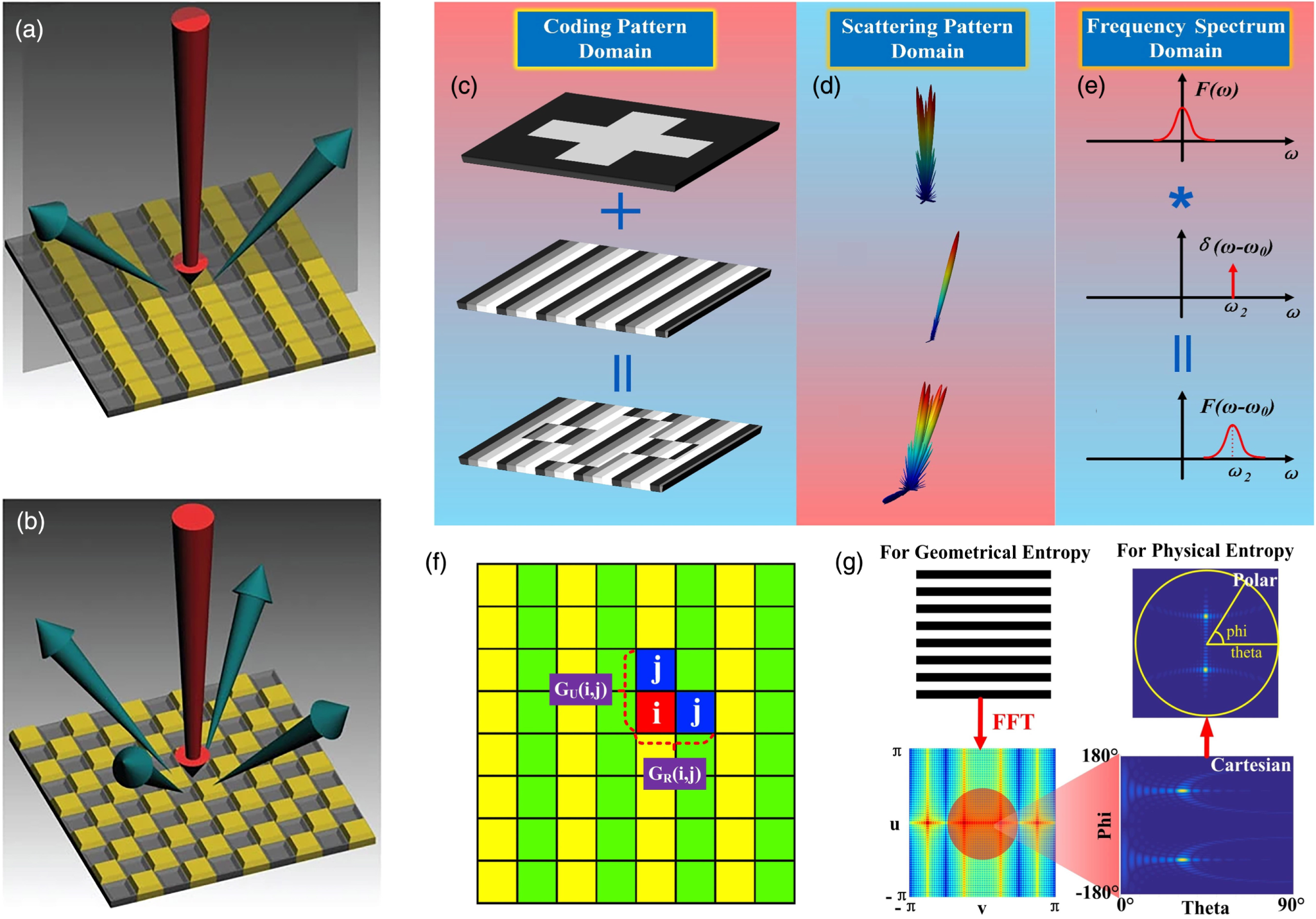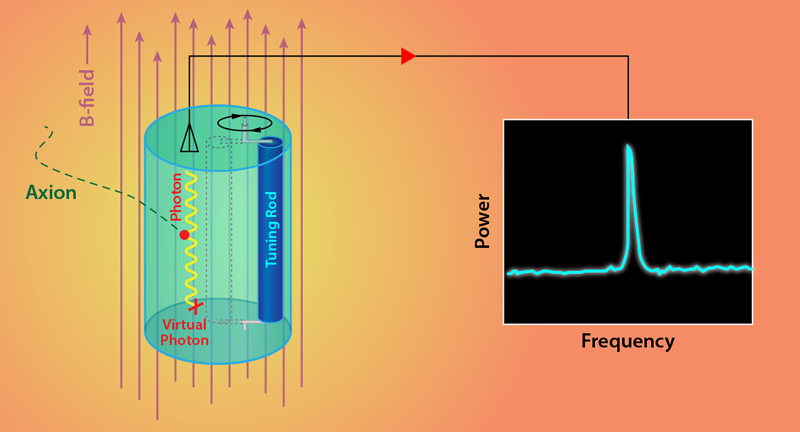The groundbreaking discovery of microRNA has fundamentally transformed our understanding of gene regulation, a feat largely credited to the work of Nobel laureate Gary Ruvkun. In the early 1990s, Ruvkun, along with his colleague Victor Ambros, uncovered the role of these small RNA molecules in the C. elegans roundworm, paving the way for significant advancements in molecular biology. Their research, predominantly supported by NIH funding, initially went unnoticed, but over the decades, it has gained immense importance across various fields, including medicine and agriculture. This discovery, which eventually earned them the Nobel Prize in Physiology or Medicine in 2024, has catalyzed the development of therapeutics targeting conditions such as heart disease and cancer through the manipulation of microRNA pathways. Ruvkun’s journey from an overlooked researcher to a pioneering figure illustrates the profound impact of federal support on groundbreaking scientific exploration.
The exploration of small non-coding RNAs, particularly microRNA, marks a pivotal point in the landscape of genetic research. This vital class of regulatory molecules operates at the core of gene expression, influencing numerous biological processes and diseases. Initially identified in the nematode C. elegans, their importance transcended their model organism, revealing insights applicable to human genetics and beyond. Gary Ruvkun’s early discoveries laid the foundation for this exciting field, garnering attention and funding that propelled further investigation into RNA’s role in health and disease. As scientists delve deeper into these tiny regulators, they unveil a wealth of therapeutic potential rooted in understanding gene regulation.
The Revolutionary Discovery of microRNA
In 1992, Gary Ruvkun and Victor Ambros made a groundbreaking discovery that would change the landscape of molecular biology – the identification of microRNA in C. elegans. Their research revealed a new layer of gene regulation that had previously gone unrecognized, laying the groundwork for future studies in gene expression and its implications for human health. Initially met with skepticism by the broader evolutionary biology community, Ruvkun’s work eventually garnered significant interest, primarily due to the role of NIH funding in expanding their research. This foundational work not only opened up new avenues in RNA research but also positioned microRNAs as crucial components in the functioning of diverse biological systems.
As time progressed, it became clear that microRNAs play a vital role in various organismal processes, influencing the translation of genes into proteins. Subsequent studies showed that approximately 1,000 microRNAs exist within the human genome alone, regulating a majority of protein-coding genes. The discoveries made by Ruvkun and Ambros not only underscored the importance of these tiny RNA molecules but also highlighted the necessity of continued federal funding to support research that can lead to significant medical advances.
The journey from the initial discovery of microRNA to its broad acceptance and application in medicine is a fascinating narrative of perseverance and scientific evolution. Therapies leveraging microRNA mechanisms have shown promise in treating conditions such as heart disease, cancer, and neurodegenerative diseases. These therapeutic advancements are largely a result of the foundational research funded by NIH, enabling scientists to explore the therapeutic potential of microRNAs in clinical trials. As Ruvkun aptly puts it, the revolution sparked by their discovery was not just about identifying microRNAs, but also about realizing their biological significance across multiple domains of life, from plants to humans.
The Key Role of NIH Funding in Scientific Research
Federal funding, particularly from the National Institutes of Health (NIH), has been pivotal in sustaining and expanding the research conducted by Gary Ruvkun and his contemporaries. For over four decades, a significant portion of laboratory expenses has been covered by NIH grants, allowing Ruvkun to maintain a dedicated team while exploring the complexities of gene regulation through microRNAs. The financial support provided by the NIH has fostered an environment where innovative research can flourish, ensuring that groundbreaking discoveries are not stifled by financial constraints. Ruvkun’s experience emphasizes that continuous investment in science is not only crucial for academic progress but also for cultivating the next generation of scientific leaders.
However, Ruvkun expresses concern regarding the potential cuts to federal funding in scientific research. The knowledge that these funds provide more than just salaries – they foster an ecosystem in which scientific inquiry thrives – cannot be overstated. Many young scientists, upon seeing uncertain career prospects due to funding instability, may consider leaving the research field altogether. The impact of NIH funding extends beyond immediate research projects; it shapes the landscape of scientific inquiry and innovation, driving progress and maintaining the United States’ leadership in global scientific research.
The Significance of microRNA in Modern Medicine and Research Innovation
The significance of microRNA extends far beyond their initial discovery, impacting various facets of modern medicine and research innovation. Within the realm of therapeutic development, microRNAs are now recognized for their potential in treating a range of diseases, highlighting their role in clinical applications. Current clinical trials are investigating microRNA-based therapies aimed at managing diseases like Crohn’s Disease and Alzheimer’s, which underscores the relevance of this research in addressing pressing health challenges. This evolution from basic research to practical applications showcases the importance of investing in fundamental science to yield solutions for complex medical problems.
Moreover, the acknowledgement of microRNA’s role in gene regulation has catalyzed broader interdisciplinary collaborations across biology, medicine, and biotechnology. Researchers from diverse fields are increasingly focused on understanding microRNA mechanisms, leading to a surge in innovative approaches to tackle genetic diseases. As scientists continue to unravel the complexities surrounding microRNA function, the future promises a wealth of discoveries that could revolutionize our understanding of biology and medicine, making it imperative to maintain robust support for such critical research initiatives.
Legacy and Future of MicroRNA Research in Expanding Genetic Knowledge
Ruvkun’s contributions to the field of genetics through the discovery of microRNAs have established a lasting legacy. This research has not only influenced the understanding of gene regulation but has also fueled advancements in biotechnology and pharmaceutical developments. Companies like Alnylam, which specialize in RNA therapeutics, owe their existence to the foundational studies that Ruvkun and Ambros conducted decades ago. The growth of such companies underscores the tangible impact of NIH-funded research on the economy and the evolution of genetic therapies, providing insights into how small discoveries can lead to significant industrial advancements.
As the landscape of genetic research continues to evolve, the importance of microRNAs cannot be overlooked. Their versatility in regulating gene expression opens the door to innovative treatments and diagnostic tools that could transform healthcare practices. The ongoing exploration of microRNA functions will likely yield further breakthroughs, heralding a new era of targeted therapies that could enhance patient outcomes. By investing in this area of research, we not only honor the legacy of pioneers like Ruvkun but also ensure a continuum of discovery that can benefit generations to come.
The Role of Small RNAs in Biological Function and Health Implications
The role of small RNAs, particularly microRNAs, is critical for maintaining biological function and health across all organisms. These molecules are essential in gene regulation, impacting how genes are expressed and, subsequently, how proteins are produced within cells. The diversity of microRNAs allows for fine-tuning of cellular processes, enabling organisms to adapt to various physiological and environmental conditions. This adaptability is particularly evident in the context of diseases, where altered microRNA expression can lead to pathological states, underscoring the importance of understanding their function in health and disease.
Moreover, as research continues to reveal the intricacies of small RNA biology, there is growing interest in utilizing these molecules for therapeutic purposes. For instance, their ability to modulate gene expression holds potential for developing targeted therapies that could mitigate the effects of various diseases. The intersection of microRNA research with clinical applications emphasizes the need for sustained investment in scientific inquiry, as it could lead to transformative treatments that greatly improve patient care and disease management. The ongoing efforts to decipher the functional roles of small RNAs will undoubtedly pave the way for future innovations in medicine, highlighting the importance of foundational research in achieving meaningful clinical outcomes.
Frequently Asked Questions
What is the significance of Gary Ruvkun’s discovery of microRNA in gene regulation?
Gary Ruvkun’s discovery of microRNA revealed a crucial level of gene regulation that has profound implications for understanding biological processes. This breakthrough, made in the C. elegans organism, demonstrated how microRNAs control gene expression and protein translation, earning Ruvkun and Ambros the Nobel Prize in 2024. Their work paved the way for therapies targeting conditions like heart disease and cancer.
How did NIH funding contribute to the development of microRNA research?
NIH funding played a vital role in the early research on microRNA by providing the necessary resources for Gary Ruvkun and his team to explore gene regulation in C. elegans. This federal support allowed them to continue their groundbreaking studies, ultimately leading to major advancements in our understanding of RNA biology and the role of microRNAs in health and disease.
What role do microRNAs play in human health and disease according to recent discoveries?
Recent discoveries highlight that microRNAs are essential for regulating most human protein-producing genes, with approximately 1,000 microRNAs identified in the human genome. Their dysregulation is linked to various diseases, including heart disease, cancer, Crohn’s disease, and Alzheimer’s, leading to the development of targeted therapies currently in clinical trials.
Why is the study of microRNAs important for evolutionary biology?
The study of microRNAs is important for evolutionary biology because it reveals conserved mechanisms of gene regulation across species. Gary Ruvkun’s work with C. elegans showed that these tiny RNAs play similar roles in different organisms, suggesting fundamental biological processes that have been preserved throughout evolution.
What impact did the discovery of microRNA have on the fields of genetics and molecular biology?
The discovery of microRNA has significantly impacted genetics and molecular biology by introducing a new dimension of gene regulation that influences how genes are expressed and proteins are synthesized. This research has inspired a wide range of studies across various biological fields, highlighting the importance of microRNAs in development, cellular function, and disease.
How has Gary Ruvkun’s research on microRNA influenced current medical therapies?
Gary Ruvkun’s pioneering research on microRNA has led to the development of novel medical therapies that aim to manipulate these RNA molecules to treat diseases. Current clinical trials are exploring the potential of microRNAs in treating conditions such as heart disease, cancer, and neurodegenerative disorders, demonstrating the therapeutic promise of this field of study.
What can we learn from Gary Ruvkun’s career about the importance of funding in scientific research?
Gary Ruvkun’s career illustrates the critical importance of consistent funding, particularly from the NIH, in advancing scientific research. His experience shows that stable funding can enable researchers to pursue innovative ideas, ultimately leading to groundbreaking discoveries like microRNA, which have wide-ranging implications for medicine and biology.
What are the implications of microRNA research for future scientific advancements?
The ongoing research into microRNAs promises to bring significant advancements in our understanding of gene regulation and its applications in medicine. As the field evolves, we can expect new therapies based on microRNA manipulation, enhancing our ability to combat various diseases and deepen our understanding of biological processes.
| Key Point | Details |
|---|---|
| Nobel Prize Recognition | Gary Ruvkun and Victor Ambros discovered microRNA in 1992, earning the 2024 Nobel Prize for this revolutionary finding. |
| Initial Reception | Their work was initially met with little enthusiasm from the evolutionary biology community. |
| Funding and Growth | The research was primarily funded by the NIH, gradually gaining interest in the RNA research community. |
| Therapeutic Applications | MicroRNA-based therapies for diseases such as heart disease, cancer, and Alzheimer’s are currently in clinical trials. |
| Human Genome Insights | It has been found that around 1,000 microRNAs in the human genome control protein-producing genes. |
| Impact on Industry | Ruvkun highlights the rise of companies like Alnylam, focusing on RNA interference therapeutic development. |
| Federal Funding | Ruvkun emphasizes the importance of federal funding for sustaining scientific research and innovation. |
| Career Concerns | Concerns about the future of scientific careers in the U.S. due to possible funding cuts. |
Summary
MicroRNA discovery has transformed our understanding of gene regulation and has significant implications for human health. This groundbreaking research by Gary Ruvkun and Victor Ambros in 1992 laid the foundation for contemporary studies and therapies targeting various diseases. As microRNA continues to evolve in fields ranging from developmental biology to therapeutics, the importance of sustained funding for scientific research has never been clearer. Supporting innovators and researchers in this field is essential to harness the full potential of microRNA for future scientific breakthroughs.



